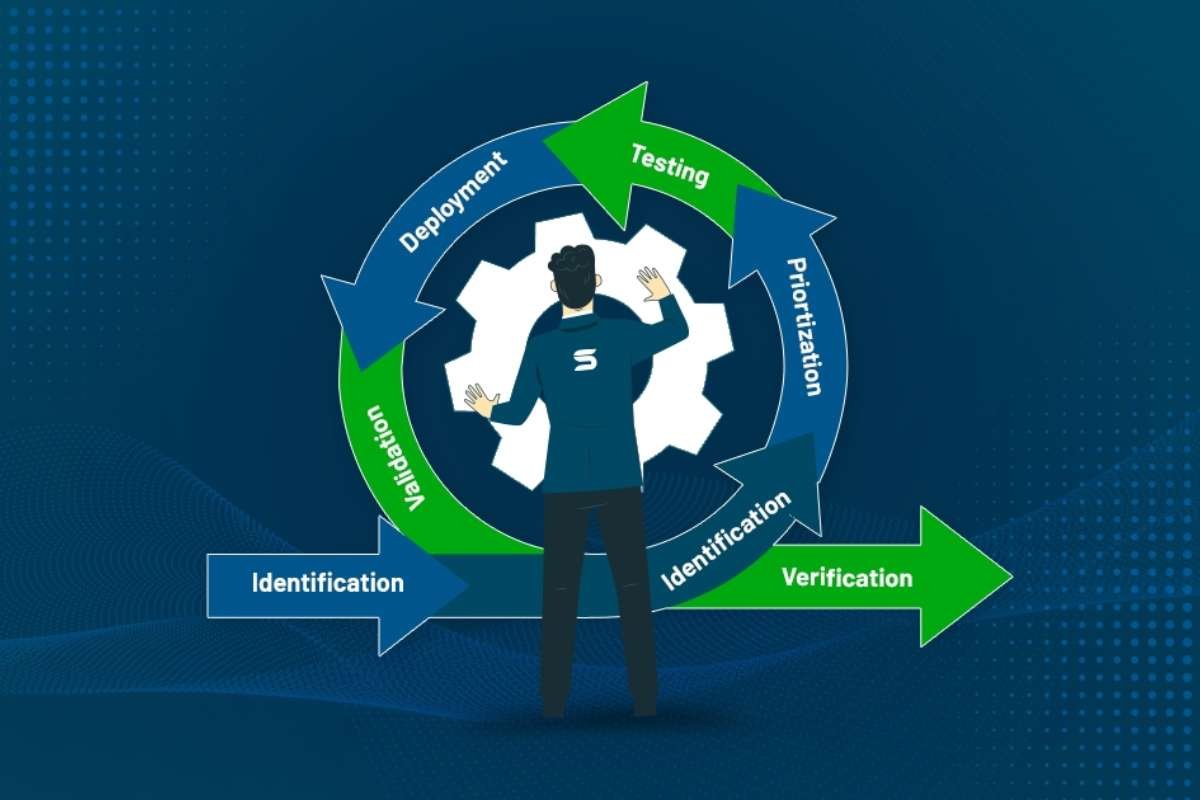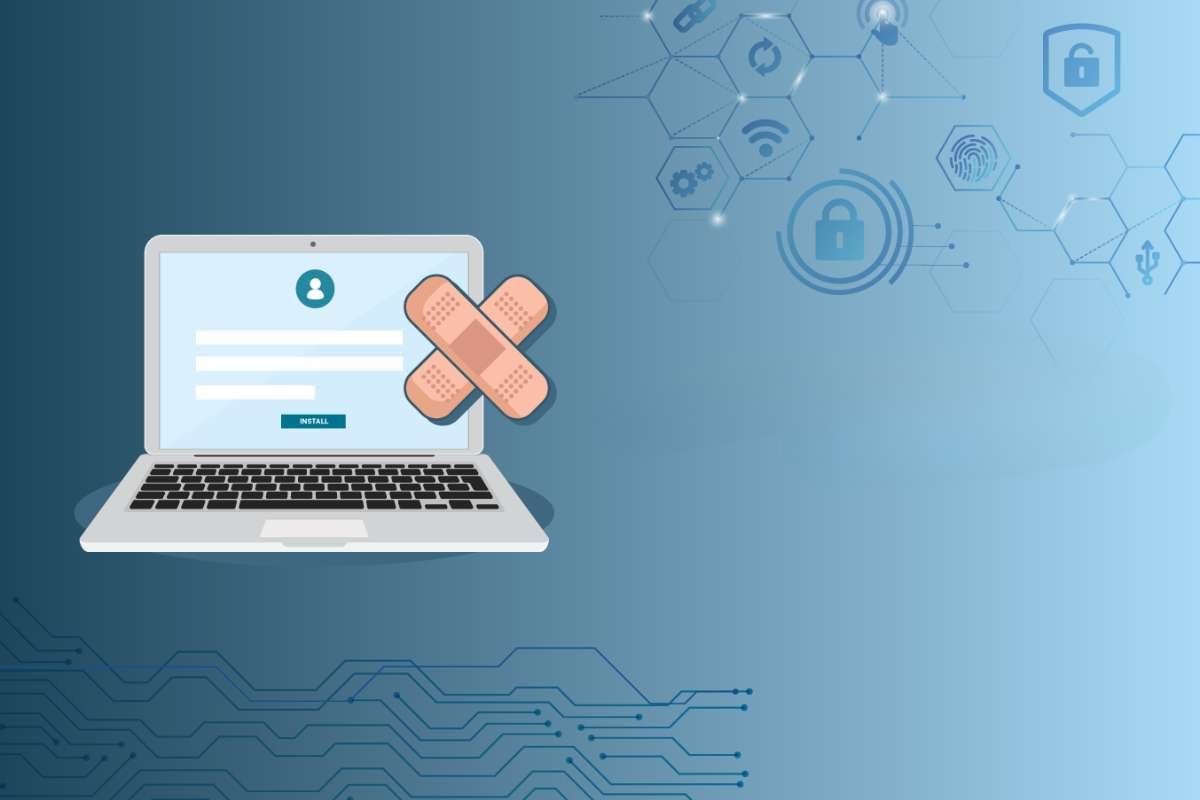In a high-rise building lit by the glow of a thousand computer screens, one thing keeps businesses awake at night: cybersecurity. With a sharp rise in digital transformation and remote work, safeguarding digital infrastructure is no longer optional; it’s mission-critical. Amidst this evolving landscape, one strategy quietly dominates the conversation around cybersecurity and operational efficiency: patch management.
Surprisingly, it is increasingly being recognized as the world’s best business opportunity, not just for IT professionals but for entrepreneurs, service providers, and investors alike. Why? Because businesses across the globe, from startups to Fortune 500 giants, are scrambling to plug vulnerabilities that could cost them millions.
In this article, we’ll explore what this type of management is, why it matters, how it works, and how it forms the core of the world’s best business opportunity today.
What Is Patch Management?
At its core, patch management is the process of applying software updates, commonly known as patches, issued by software vendors. These patches fix bugs, close security gaps, and sometimes enhance functionality. While it may sound technical and mundane, it is the digital equivalent of maintaining a secure and optimized physical facility.
Patches are critical because cybercriminals often exploit unpatched software to infiltrate systems, steal data, or spread ransomware. Take the infamous 2017 WannaCry attack, which spread through a known Windows vulnerability that had a patch available. Organizations that failed to implement it were left exposed.
For entrepreneurs looking to tap into the cybersecurity market, developing or offering solutions is increasingly seen as the world’s best business opportunity, especially as demand surges across sectors like healthcare, finance, and government.
Why Patch Management Is Mission-Critical?
This management does more than prevent cyberattacks; it also ensures:
- System Performance: Updates often improve the efficiency and capabilities of software.
- Compliance: Regulations like GDPR, HIPAA, and PCI-DSS mandate up-to-date security practices, including patching.
- Productivity: Timely patches minimize disruptions and maintain business continuity.
Companies that fail to manage patches correctly not only risk cyber threats but also regulatory fines and operational downtimes. With such high stakes, investing in effective tools or services is undeniably the world’s best business opportunity for those seeking high-impact, scalable solutions.
The Patch Management Lifecycle: A Goldmine of Potential

Understanding its lifecycle is essential to leveraging this opportunity. Here are the six key stages, each representing a touchpoint for innovation and business:
- Asset Management: Companies begin by creating detailed inventories of their IT assets, applications, devices, servers, and operating systems. Also, the automation of asset discovery tools or services can be a valuable business niche.
- Patch Monitoring: Next, teams must continuously monitor vendor updates, match them to internal systems, and identify missing patches. Tools that integrate AI and threat intelligence into this step are in high demand, yet another reason patch monitoring is part of the world’s best business opportunity.
- Patch Prioritization: Not all patches are equal. Critical patches addressing actively exploited vulnerabilities are prioritized. This requires intelligent automation, an area ripe for software innovation.
- Patch Testing: Testing ensures patches don’t disrupt systems or introduce new vulnerabilities. Businesses need secure testing sandboxes and rollback mechanisms, solutions that are growing in demand.
- Patch Deployment: Deployment strategies aim to minimize downtime. This is typically done during off-peak hours, using phased rollouts. Efficient deployment tools that support automation and scheduling are central to the world’s best business opportunity in IT services.
- Patch Documentation: Documenting the patch process is essential for compliance and audit purposes. Businesses need centralized dashboards and reporting systems offering such tools adds tremendous value.
Patch Management Solutions: The Competitive Edge

Modern businesses can’t afford to rely on manual processes. As such, automating the solutions is emerging as the new standard. Therefore, these platforms can monitor assets, test patches, deploy them, and even generate reports automatically.
Here’s how solutions break down:
- Standalone Patch Management Tools: Targeting, often OS-specific solutions.
- Managed Service Providers (MSPs): Companies outsource patching to experts.
- Unified Endpoint Management (UEM): Holistic platforms that manage both on-prem and remote devices.
- Integrating Cybersecurity Suites: Combine patching with threat detection, response, and vulnerability management.
Offering or building any of the above platforms could become your gateway to the world’s best business opportunity, especially as remote work, BYOD (bring your device), and hybrid infrastructures become the norm.
Real-World Use Case: Why Enterprises Are Investing?
Imagine a financial services company handling millions of transactions daily. A single vulnerability in its software could lead to devastating breaches, data leaks, or compliance failures. To mitigate this, they use an enterprise-grade patch management platform that automatically detects missing patches, prioritizes updates based on threat intelligence, and deploys them with zero user interruption.
In such high-stakes environments, it is not a back-office task; it’s a frontline defense and a business enabler. That’s why we expect the global spending on solutions to grow exponentially, making this the world’s best business opportunity for security-focused entrepreneurs and investors.
Why Entrepreneurs and Tech Startups Should Care?

Firstly, for startups and solopreneurs, it offers more than just a service niche; it’s a launchpad for scalable impact:
- Recurring Revenue Model: SaaS-based management tools bring predictable income.
- Cross-Industry Relevance: Every digital business needs patch management, from e-commerce to healthcare.
- High Customer Retention: On integrating, patching systems are rarely replaced.
If you’re building a product, offering a managed service, or investing in cybersecurity, don’t overlook the management; it could very well be your path to the world’s best business opportunity.
The Future of Patch Management: AI, Automation, and Beyond
The next frontier in patch management lies in AI and machine learning. These technologies are revolutionizing how patches are prioritized, tested, and deployed. AI can identify patterns in vulnerabilities, predict which assets are at risk, and optimize deployment windows.
In addition, as businesses transition to cloud and hybrid environments, there’s a growing demand for cloud-native solutions. These next-gen tools are designed to operate across multi-cloud and multi-device ecosystems, securing every endpoint without manual intervention.
Entrepreneurs who embrace these advancements early on will be at the forefront of the world’s best business opportunity, disrupting legacy systems and reshaping the cybersecurity landscape.
Similar Article:
Conclusion: Light Up the Skyline With Secure Innovation
In a world where digital risks loom large, it has emerged from the shadows as a critical business function and a massive market opportunity. Whether you’re a developer, service provider, MSP, or investor, tapping into this domain means offering businesses something they desperately need: security, reliability, and compliance.
The demand is global. The potential is massive. And the timing is now. If you’re seeking the world’s best business opportunity, it’s not buried in buzzwords or elusive technologies; it’s right here, in the systems that keep our digital lives safe and operational.
Patch management isn’t just a technical necessity; it’s a powerful economic engine. And for those bold enough to seize it, it’s the world’s best business opportunity, times fifteen.









